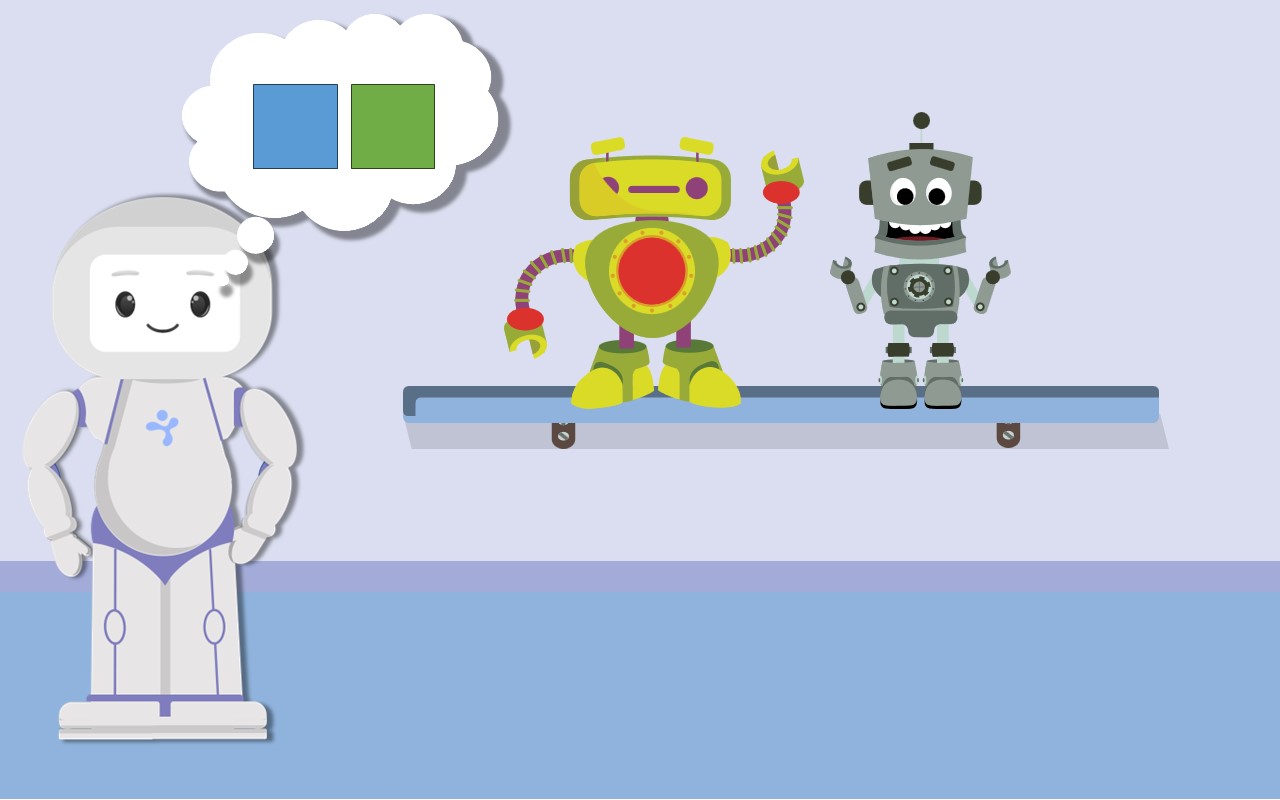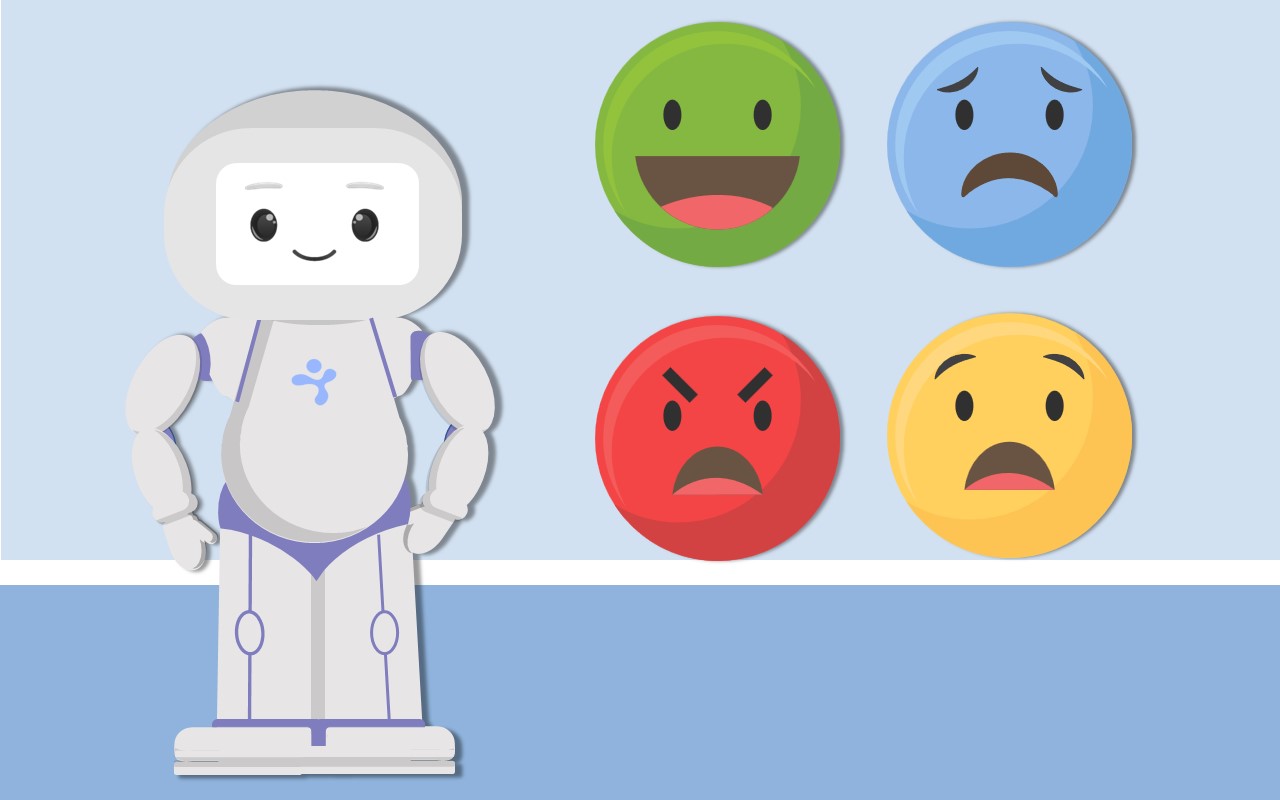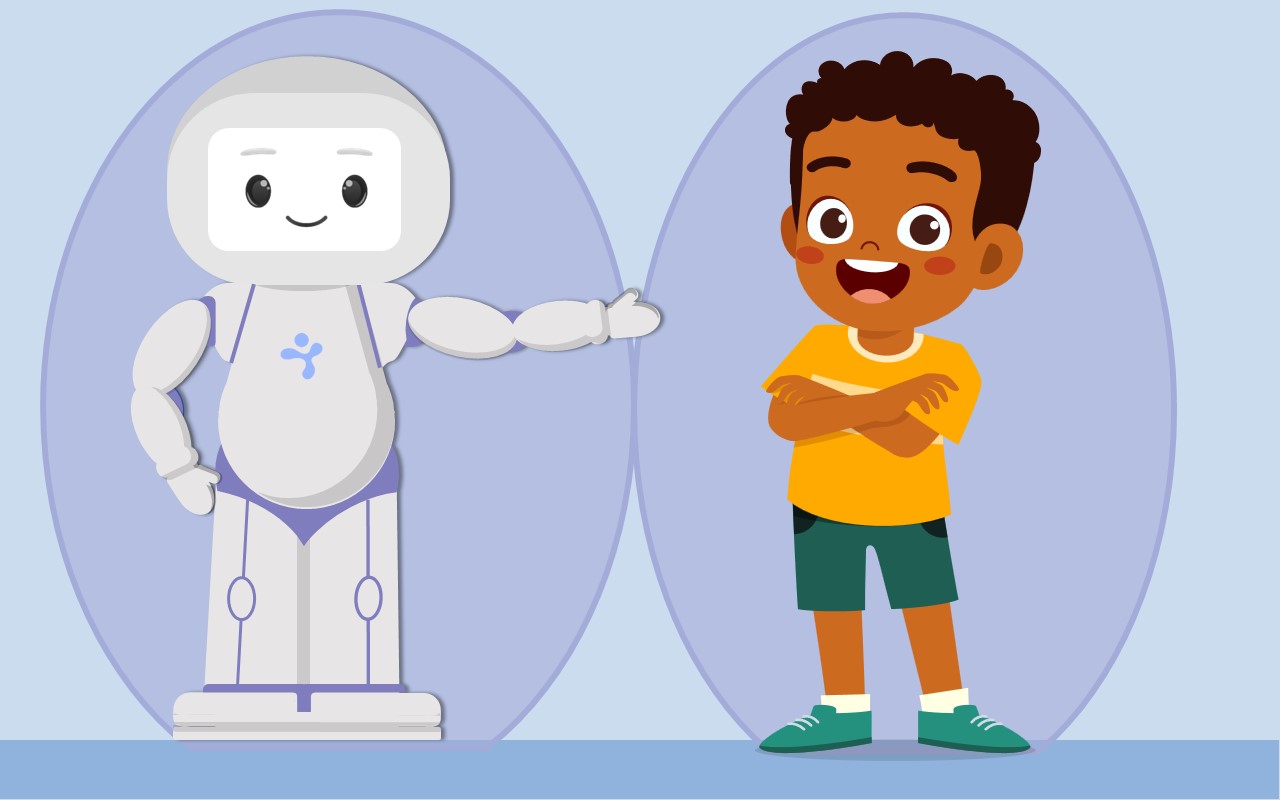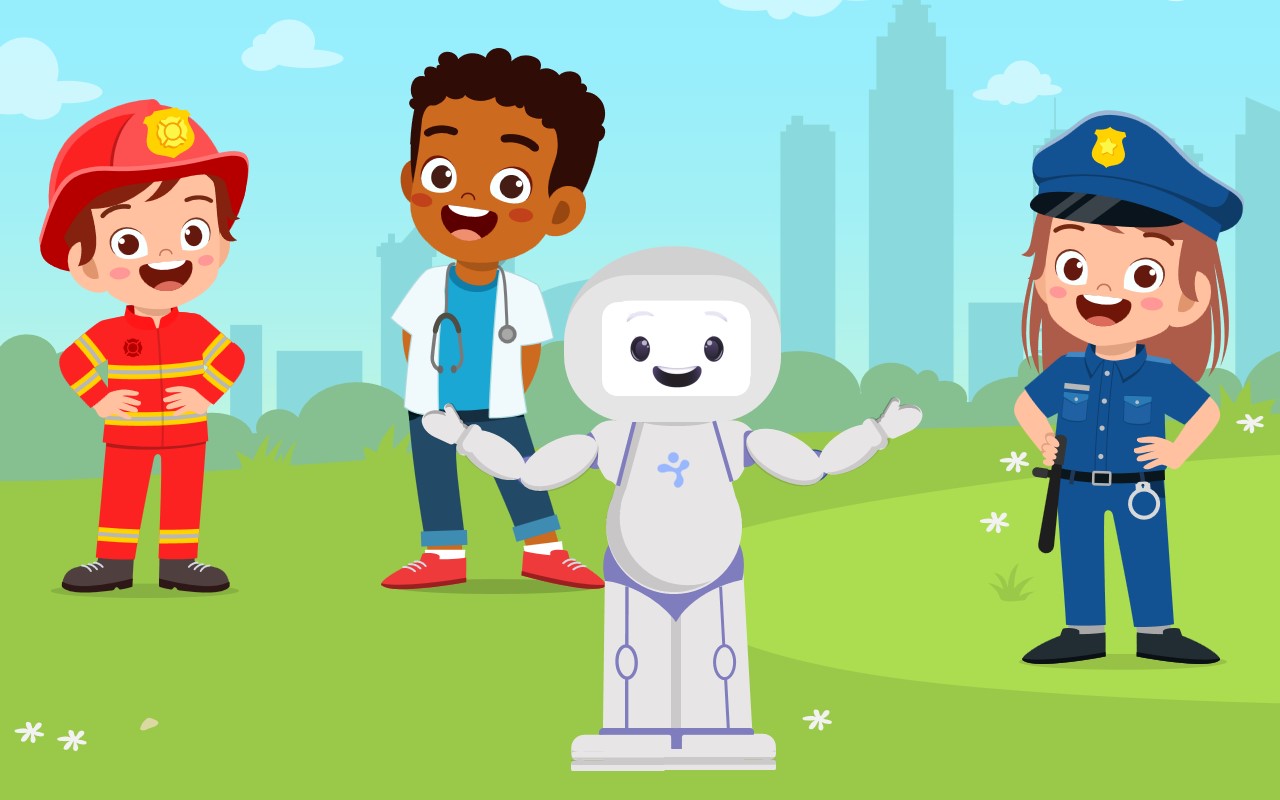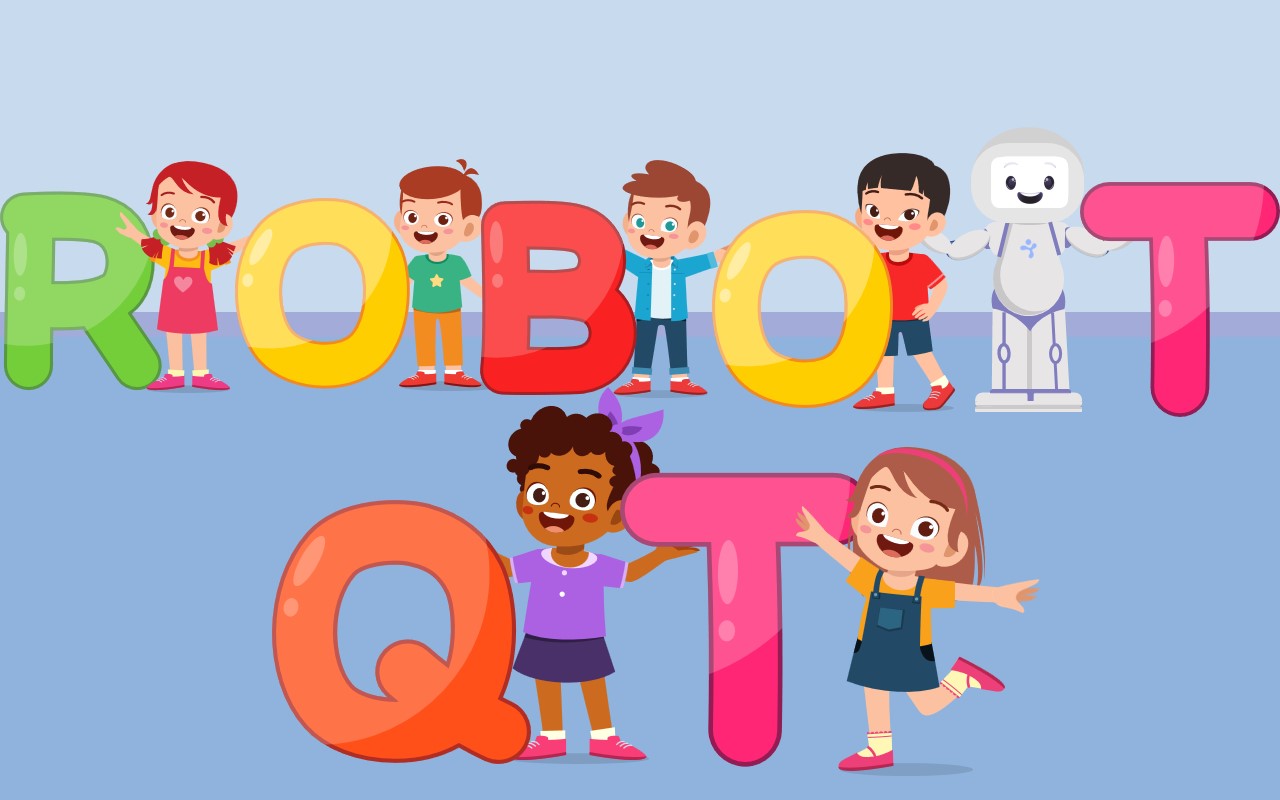DISCOVER
QTrobot Educational Curricula
for autism and special needs education
Checkout
QTrobot Special Needs Education Curriculum Overview
QTrobot
Early Stage Development Curriculum
QTrobot’s early stage development curriculum covers the essential early life milestones across social skills, cognitive skills, and both receptive and expressive communication and language skills.
This curriculum is structured around the neurodevelopmental milestones of the first five years of life, offering a step-by-step learning opportunity. It provides a scaffolded approach, allowing learners to progressively acquire core skills in a supportive and structured manner.
Social, cognitive, receptive language and expressive language milestones of the first 5 years of life
210 individual units, each reflecting a specific developmental milestone
This curriculum can be utilized for both young students and older students who are still mastering early developmental skills. It is suitable for verbal, minimally verbal, and non-verbal learners.
QTrobot
Emotional Literacy Curriculum
The QTrobot curriculum for emotions is designed to assist students with autism in practicing and understanding emotions through a simplified, step-by-step, and gamified approach.
This curriculum aims to enhance emotional literacy and mental health by improving their understanding of emotions and teaching them how to implement positive emotion regulation methods and coping skills.
Emotional skills including emotion imitation, recognition, naming, generation, understanding & regulation
21 individual units, categorised in 6 step by step learning modules
The curriculum is designed to accommodate a wide age range, from 3-year-olds to adults. The early units are inclusive for young students and those with language development delays, while the later units require a basic understanding of language, including the names of emotions.
QTrobot
Phonics & Early Reading Curriculum
QTrobot’s phonics curriculum is designed to support early literacy development by building foundational reading skills in a structured and engaging way. It focuses on phonemic awareness, letter-sound recognition, blending, segmenting, and early word formation—skills that are critical for confident reading and language development.
This curriculum follows a systematic, step-by-step approach, aligned with early phonics teaching practices, while being specially adapted for children with autism and other learning difficulties. Lessons are visually supported, highly interactive, and developmentally appropriate, making phonics learning accessible and enjoyable for all learners.
Phonemic awareness, letter-sound matching, blending, segmenting, decoding CVC words, and early reading fluency
73 individual units
Designed for early learners and students at foundational literacy levels. Suitable for verbal, minimally verbal, and non-verbal children with differentiated support for various developmental stages.
QTrobot
Community Awareness Curriculum
The Community Helpers Curriculum is designed to help students with autism, as well as those with developmental or language delays, learn about their local community and enhance their language skills.
This curriculum provides a comprehensive and engaging approach for children to learn about their community while building essential language skills.
The curriculum is structured into five levels, each gradually increasing in language complexity. Children start with simple matching and identifying tasks and progress to more advanced language skills, such as negation, filling in the blanks, riddles, and analogies.
– Level 1: Receptive Vocabulary for local buildings, workers, and vehicles
– Level 2: Matching workers to their buildings and vehicles, introducing expressive labeling
– Level 3: Introducing job-specific tools, receptive WH questions, problem-solving, and sorting into categories
– Level 4: Expressive who, what, where questions, story-based teaching, true or false
– Level 5: Negation, riddles, analogies, and why/when questions
37 individual units
Earlier levels are inclusive for young students and non-verbal students. Later levels require a basic verbal language competency level.
QTrobot
Social Skills Curriculum
The QTrobot social skills curriculum for autism and special needs education is designed to teach a wide range of social skills, aiming to enhance social success and improve the quality of life for individuals. By expanding social skills, individuals gain more opportunities to interact with their environment.
Skills are taught progressively as individuals master prerequisite abilities, ensuring a structured learning path. The curriculum is aligned with developmental milestones and addresses the most common social and communication challenges of individuals with autism. Additionally, the social skills goals within the curriculum can be easily integrated with children’s IEP goals, providing a cohesive approach to social skills development.
– Beginner Level: Joint attention, imitation, pretend play and basic greetings.
– Intermediate Level: Advanced greeting and simple question-asking and responding.
– Advanced Level: Starting, maintaining, and finishing a conversation.
– Expert Level: Advanced conversational skills, nuanced social interactions and non-verbal communication.
25 individual units
Earlier levels are inclusive for young students and non-verbal students. Later levels require a basic verbal language competency level.
